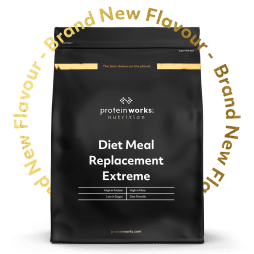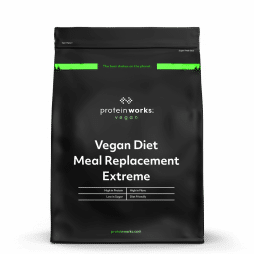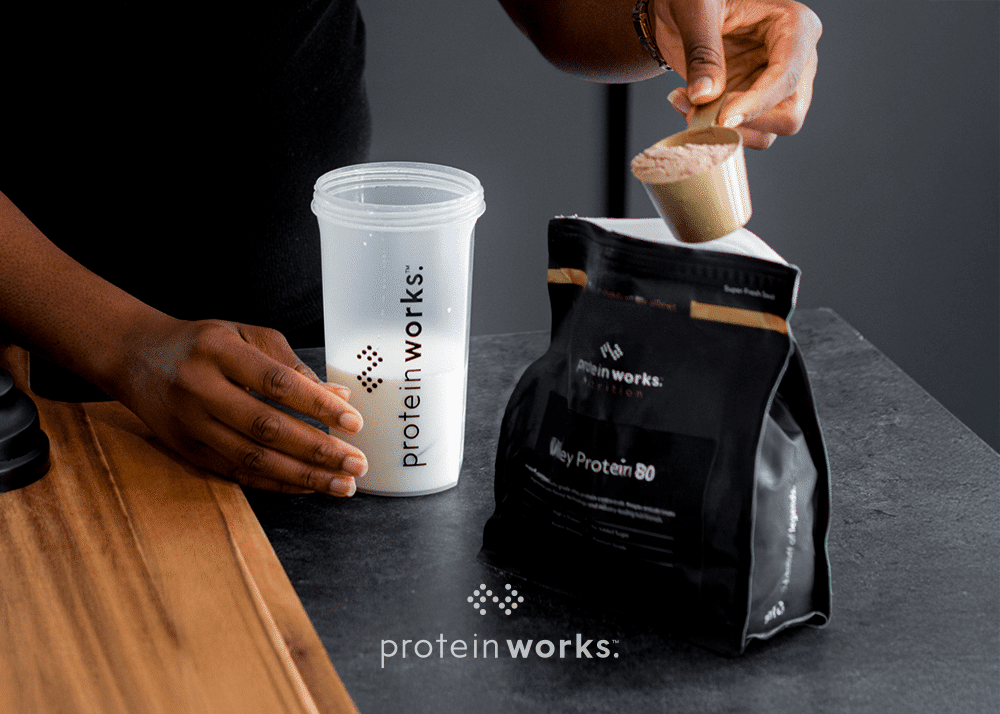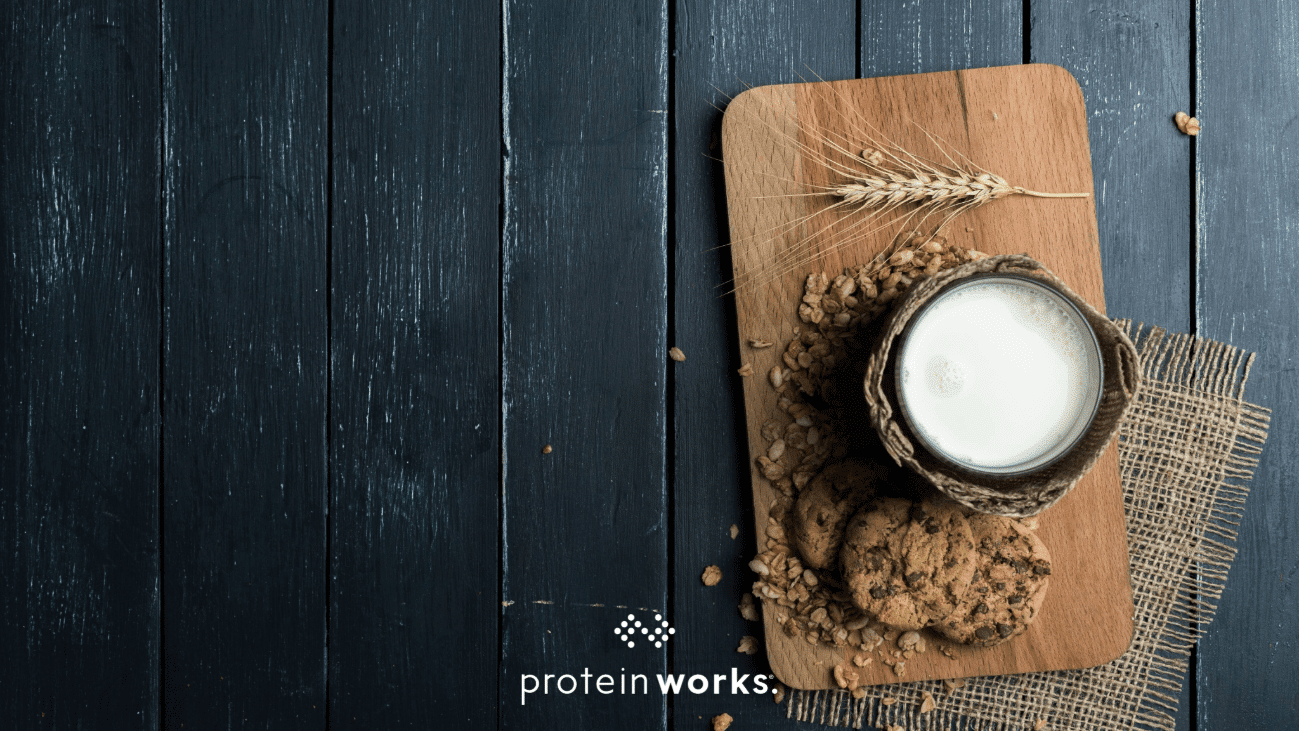
5 Signs You’re Not Getting Enough Fibre
Fibre plays a crucial role in everything from digestion and appetite control to energy levels and long-term health. Yet despite its importance, many people in the UK fall short of the recommended 30 grams per day. A lack of fibre presents itself through a number of symptoms, many of which are easy to overlook or attribute to something else entirely.
In this article we’ll explore five common signs that you’re not getting enough fibre, along with practical tips to increase your intake. But first, let’s look at what it actually is – and why it matters.
What Is Fibre and Why Do You Need It?
Fibre, sometimes referred to as roughage, is exclusively found in plant-based foods, particularly in wholegrains, fruit, vegetables, pulses, nuts, and seeds, and it’s the part of these foods that the body can’t fully digest. Unlike other nutrients, it passes through the digestive system mostly intact, playing a vital role in gut health and overall wellbeing.
While fibre is best known for supporting digestion and promoting regular bowel movements, a high-fibre diet is also associated with a lower risk of heart disease, stroke, type 2 diabetes and bowel cancer.[1]
There are two main types of fibre, and both are important for health:
- Soluble fibre dissolves in water to form a gel-like substance. It helps slow digestion, supports blood sugar control and can help lower cholesterol levels.
- Insoluble fibre doesn’t dissolve in water. Instead, it adds bulk to the stool and helps food move more efficiently through the digestive tract.
Most fibre-rich foods contain a mix of both types, but in varying amounts. That’s why a varied, plant-rich diet is the best way to ensure you’re getting enough of each.
Five Signs You Need More Fibre
According to the NHS, the average adult should eat 30g of dietary fibre per day. However, most adults only manage around 20g, so many of us could benefit from increasing our intake.
Here are five signs that your diet may be low in fibre:
1. Constipation
One of the most common and immediate signs of low fibre intake is constipation. Fibre, particularly the insoluble type, adds bulk to your stool and helps it pass through the digestive system more efficiently. Without enough fibre, you may experience infrequent bowel movements and a general feeling of digestive discomfort. Over time, this can also disrupt the balance of gut bacteria, which may further impact digestive health.[2]
2. Bloating
If you regularly feel bloated or gassy, low fibre could be a contributing factor. Without enough fibre to support regular digestion, food may linger in the gut for longer than it should, leading to fermentation and a build-up of gas. A sudden increase in fibre can also cause temporary bloating, so it’s best to raise your intake gradually and ensure you’re drinking enough water.[3]
3. Frequent Hunger, Even After Eating
Fibre slows the rate at which food leaves the stomach, helping to promote feelings of fullness.[4] If you often find yourself hungry shortly after a meal, particularly one low in fibre, it could be a sign your diet is missing this important nutrient. Combining fibre with protein has been shown to be especially effective for supporting appetite regulation and healthy weight management.[5]
4. Fatigue
While many factors can contribute to fatigue, a lack of dietary fibre may be playing a role.
Soluble fibre helps regulate blood sugar levels by slowing digestion and the absorption of glucose into the bloodstream. Without this moderating effect, you may experience spikes and crashes in energy, leaving you feeling tired or sluggish, especially after meals high in refined carbohydrates.[6]
5. High Cholesterol
If your cholesterol is on the high side, a lack of fibre could be part of the problem. Soluble fibre binds to cholesterol particles in the digestive system and helps remove them from the body. Without enough of it, cholesterol can build up in the bloodstream, increasing the risk of heart disease over time. Studies have shown that increasing dietary fibre can help lower cholesterol levels and support heart health. [7]
How to Increase Your Fibre Intake
If you’ve recognised some of the signs of a low-fibre diet, the good news is that increasing your intake is simple, and the benefits can be felt quickly. Here are five effective ways to add more fibre to your diet:
1. Switch to Wholegrains
Swap white bread, pasta and rice for wholegrain alternatives. Wholegrains retain more of the grain’s natural fibre, supporting digestion and helping you stay fuller for longer.
2. Include More Fruits and Vegetables
Aim for at least five portions of fruit and veg a day – and wherever possible, keep the skin on. Apples, carrots, broccoli, and berries are all excellent high-fibre options.
3. Add Pulses to Meals
Lentils, chickpeas, kidney beans and other legumes are excellent sources of fibre – as well as plant-based protein. Add them to soups, salads, curries or pasta dishes for a simple boost.
4. Snack Smarter
Snacks are a great opportunity to add more fibre to your diet. Fresh fruit, nuts, and carrot sticks with hummus are all fibre-rich options that can help keep you feeling full between meals.
5. Boost your intake with Supplements
If you’re struggling to meet your fibre needs through food alone, a high-quality supplement can help fill the gap. Look for products that combine fibre with other beneficial nutrients – such as protein – to support digestion, satiety, and overall health.
The Take Home
Fibre is essential for digestive health, appetite control, energy levels and more, and boosting your fibre intake can make a significant difference. From swapping in wholegrains to adding more fruit, veg and legumes to your diet, there are plenty of simple ways to increase your intake.
Here at Protein Works, we understand how hard it can be to eat well when life gets busy. That’s why we offer a wide range of convenient options designed to support your daily nutrition.
Try our Diet Meal Replacement Extreme, which provides up to 4.7g of fibre per serving, alongside 25g of protein – ideal for busy individuals seeking a convenient, calorie-controlled and nutritionally complete meal on the go. Or for reduced hunger cravings between meals, try Hunger Killa. Each capsule contains glucomannan, a water-soluble fibre that helps you feel fuller for longer.
References:
[1] https://www.nhs.uk/live-well/eat-well/digestive-health
[2] https://www.sciencedirect.com/science/article/pii/S2590097822000209
[3] https://pmc.ncbi.nlm.nih.gov/articles/PMC7056053/
[4] https://www.stgeorges.nhs.uk/wp-content/uploads/2022/05/NDI_DF.pdf
[5] https://pmc.ncbi.nlm.nih.gov/articles/PMC9178960/
[6] https://pmc.ncbi.nlm.nih.gov/articles/PMC9736284/
[7] https://ajcn.nutrition.org/article/S0002-9165%2822%2904224-1/pdf









